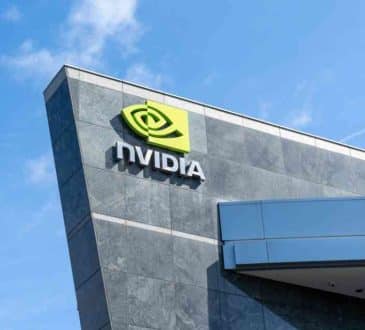5 concepts that determine the financial status around the world

What are the fundamental concepts of economy that common people know of? Are they beneficial and for individuals and society or is the economy as a science useless? Below, we discuss the 5 most vital concepts in the world’s economy.
- The concept of scarcity
We could say that everything has started because the matter of scarcity existed in the world and has yet not been solved. Economics evolved because humanity had to deal with the important matter of sources. Goods have most of the time not been enough to cover the needs of all humans around the globe. The question that arises is how will we manage the goods we have in the most efficient way to cover most of our needs. Take the example of a shepherd whose cows provide him with milk. The milk will never be abundant. Some of it will be used to make cheese, some will be turned into yogurt, and some will be sold as plain milk. It is the lack of resources that makes things moving. Today we use this concept to detect the so-called ”gaps” of the market and go fill industries that are not covered by other competitors to provide consumers with items they don’t have. - Supply and demand
Well, this is probably the most vital matter that governs the economy around the globe. The price of the goods is determined by how many people want to buy them; the so-called demand. At the same time, this price is affected by the number of producers and traders who offer the specific item. There would be absolutely no benefit to those who sell meat in a world of vegetarians. How exactly is the equation formed? Economists are familiar with the diagram which determines the price and the quantity of the desired goods according to the relation of supply and demand. Thankfully, the rules that govern the equation are simple and the economy can function sufficiently and adjust the market according to the needs of the population. - Costs and benefits
As we move on to the economic theory’s most basics we break down ideas into numbers and logistics. The idea of costs and benefits is also known as rational expectations. The theory implies that each part acts in a way that tries to minimize costs and maximize benefits. This works for both consumers and producers. For producers, benefits are usually equalized with higher profits in terms of finances. For customers, on the other hand, the benefits can be the value each product provides to them. A jacket gives warmth and nice looks to the person who purchases it. The client wants its value to his life to be higher than the amount of money he spent to buy it. At the same time, the person who sells it wants to sell the jacket to a certain price. The money the producer spent to produce the product has to be less than the price he sells it in order for him to have a profit. - Motivation
In most cases, we discussed how each part of the chain is linked logically and things could not work either way, more or less. However, we did not focus our attention on the fact that sellers want to see consumption growing. Here is where motivation enters. A store wants to sell a jacket, but it’s always better if they manage to sell two. So they put a price on the jacket and give you the second in half price if you are willing to buy two. There, you have a motivation to move on to further consumption. In the meanwhile when customers’ desire for a certain product increases they provide motivation to suppliers to go ahead and produce the specific product. Motivation again works on both sides. - Marginal Utility
Each time you have in your possession something, its use decreases. In other words, give a hundred dollars to a homeless person and to a person whose salary is $5,000 per month and you can see the difference. The same amount of money does not have the same value in both cases. The more abundant you are, the more greedy you get. Unfortunately, this is something that doesn’t happen only with money. Still, the market seems to follow a typical human pattern.
Add CEOWORLD magazine to your Google News feed.
Follow CEOWORLD magazine headlines on: Google News, LinkedIn, Twitter, and Facebook.
This report/news/ranking/statistics has been prepared only for general guidance on matters of interest and does not constitute professional advice. You should not act upon the information contained in this publication without obtaining specific professional advice. No representation or warranty (express or implied) is given as to the accuracy or completeness of the information contained in this publication, and, to the extent permitted by law, CEOWORLD magazine does not accept or assume any liability, responsibility or duty of care for any consequences of you or anyone else acting, or refraining to act, in reliance on the information contained in this publication or for any decision based on it.
Copyright 2024 The CEOWORLD magazine. All rights reserved. This material (and any extract from it) must not be copied, redistributed or placed on any website, without CEOWORLD magazine' prior written consent. For media queries, please contact: info@ceoworld.biz
SUBSCRIBE NEWSLETTER








